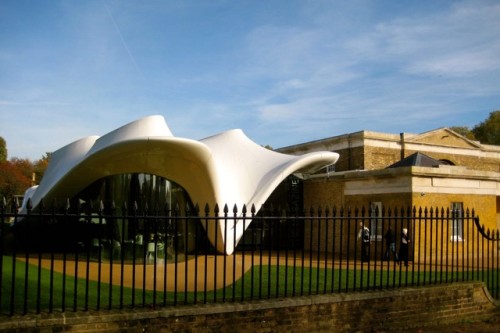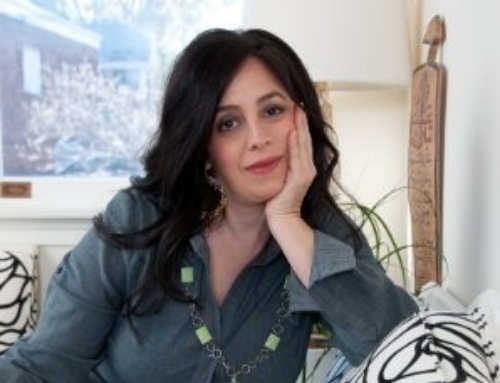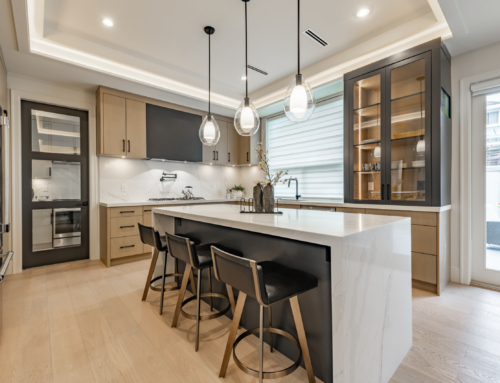Adaptive Reuse and the Legacy of Zaha Hadid

It was with great sadness that we learned last week of the passing of Dame Zaha Hadid, the Iraqi-born British architect and the first woman to win the Pritzker Prize, the Nobel of the architectural community. Her elegant work and uncompromising spirit inspired so many in the art, design, architecture, engineering, and creative spheres, and she served as a fine example of overcoming the glass ceiling for women in architecture and design. The underlining parabolic curved design that Hadid came to be known for was innovative and groundbreaking, and her legacy includes new approaches to the world of the built environment. Hadid’s groundbreaking work was introduced to many outside of the architectural community with her curvilinear Aquatic Centre built for the recent London Olympics.
While visiting London in 2013, I had the chance to visit one of the smaller but important projects that her firm did — the renovation and addition for the Serpentine Sackler Gallery in Kensington Gardens — and took the picture above. In my presentations on adaptive reuse, I always use this building as an example of a wonderful blend of the old and the new. For an adaptive reuse project to be successful, both the old and the new elements need to serve the overall program. In this case, the older building was built in 1805 to be used for gunpowder storage. Zaha Hadid Architects restored the original building with the utmost respect, and the brick vaulted spaces are now perfectly suited to their new function of displaying art. The connected but distinct new building houses a cafe in the woods, feeling like a contemporary tent with its tensile curved roof and full visibility with floor-to-roof glass, creating the feeling of being in a ground-level tree house. This addition is perfectly sited to create a protected view of the gardens. How wonderful to provide the opportunity to honor an old building, see a wonderful exhibition, and have time to contemplate art and the garden over a meal at the Magazine Cafe.
I celebrate this wonderful example of honoring the past and the future and the new life Serpentine Sackler Gallery has been given. And I thank Zaha Hadid for her unwavering vision for architecture and design and her role as a visionary for us all.







